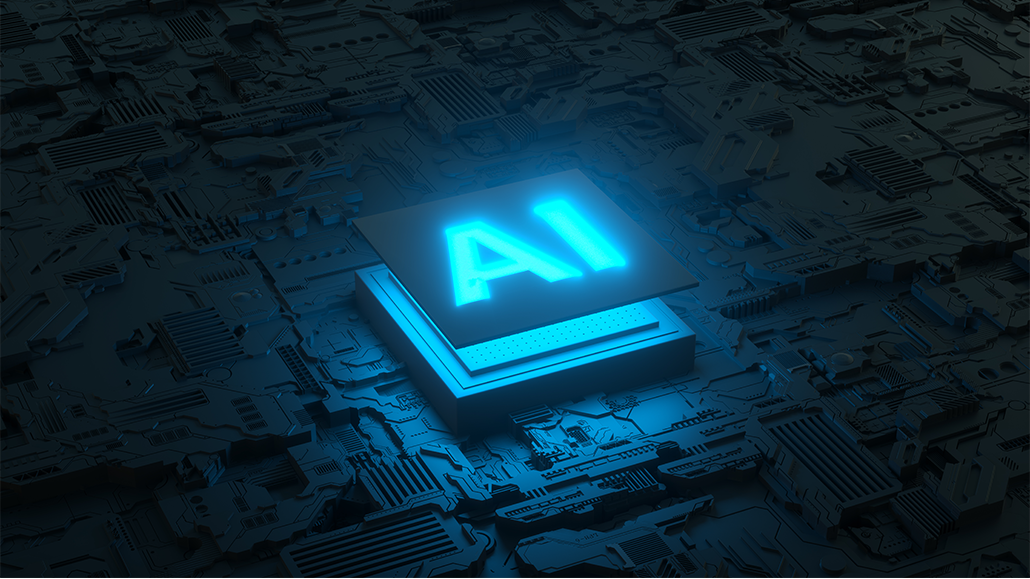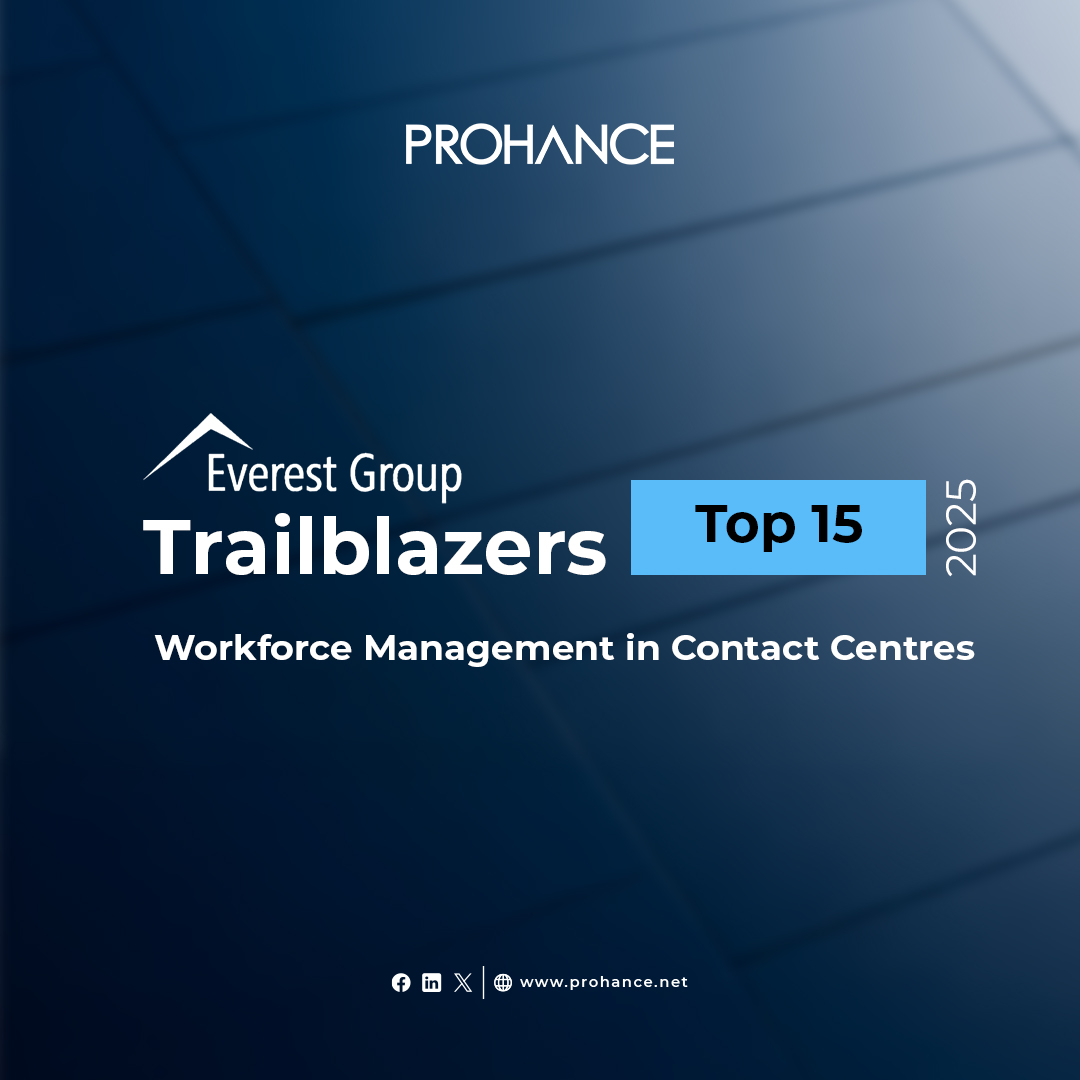How AI is Transforming Workforce Management: Benefits and Impacts?
Table of contents
AI has changed the way businesses function by helping with employee management, improving employee performance, and getting rid of managerial tasks that are considered mundane. With the pace at which companies evolve in today’s world, AI is no longer an option, it is a necessity.
This article will talk about the increasing impact of AI on workforce management with respect to job responsibilities, decision-making efficiency, and future considerations.
What is Workforce Management?
Workforce management is defined as the amalgamation of policies and tools designed to maximize the productivity of any workforce. This includes but is not limited to planning, scheduling, monitoring, and allocation of resources. With strong workforce management measures, there will always be people doing the right job at the right time which ultimately benefits the organization.
What is Artificial Intelligence?
Artificial Intelligence, or commonly known as AI, is often defined as the replication of human intelligence into machines to perform certain learned tasks such as problem solving or decision-making. In terms of management of employees, AI assists in predictive modelling, advanced analytics, and process automation which assist businesses in enhancing their decision-making capabilities.
The Market Growth of AI in Workforce Management
In recent times, there has been a massive growth in the market demand for AI in workforce management. A highly reputable market research firm projected that AI in the workforce management global market would reach USD 1.9 billion to USD 14.2 billion by 2033, with a CAGR of 22.3%.
The increases in these percentages suggest that AI truly is imperative to modern workforce management.
As only 37% of HR services are automated, there is a lot of room for improvement. With more AI technology, there will also be a higher adoption rate and alter the approach of how organizations go about maintaining their workforce.
| Workforce Management Processes Enhanced by AI | |
| Process | AI’s Role |
| Employee Scheduling | Predictive analytics create accurate, conflict-free schedules. |
| Talent Acquisition | Automated resume screening, matches candidates, and improves outreach. |
| Performance Monitoring | Real-time analytics identify trends and actionable insights. |
| Payroll Management | Automates payroll, reduces errors, and ensures compliance. |
| Employee Engagement | Sentiment analysis identifies issues and suggests improvement initiatives. |
| Training & Development | Recommends personalized learning programs based on roles and future needs. |
| Resource Allocation | Optimizes allocation by analyzing skills, workloads, and availability. |
| Forecasting | Predictive models enable proactive hiring and planning. |
| Retention | Behavioral analysis flags risks and suggests retention strategies. |
| Compliance | Monitors compliance, flags risks, and automates reporting. |
Benefits of AI in Workforce Management
AI brings transformative benefits to workforce management, reshaping traditional processes and driving operational excellence. Here are the five key advantages:
- Automation of Managerial Tasks
- Enhanced Employee Efficiency
- Improved HR Services
- Predictive Analytics for Workforce Planning
- Enhanced Employee Experience
Automation of Managerial Tasks
AI will also have a far greater impact in terms of automating management functions that have traditionally always been done manually. It is estimated that by 2024, 69% of routine management functions will be automated. With this automation in place, managers will be able to focus on planning, team building, and other creative strategies rather than confining themselves to scheduling and payroll management.
Enhanced Employee Efficiency
Organizations are able to redefine their hiring and management strategies with the help of AI. According to surveys conducted, over 90% hiring managers who have incorporated automation in these processes reported a drastic reduction in time taken and efficiency boosts. Also, over 67% of them reported costs associated with these processes were cut down, a clear show of the operational and financial impact of AI.
Improved HR Services
Despite its potential, right now only 37% of HR services related to WFM have been automated. HR teams can automate recruiting, onboarding, and employee engagement activities through AI. Additionally, chatbots or sentiment analysis tools can help improve employee engagement and retention.
Predictive Analytics for Workforce Planning
AI-based predictive analytic tools assist organizations with predicting labour demand, tracking work performance, and anticipating possible issues. This type of strategy saves resources especially in those with demand patterns that change quickly.
Enhanced Employee Experience
Whether it’s mundane tasks or administrative work, AI has the ability to replace them, making it possible for employees to put their time towards more imaginative and strategic projects. In a survey conducted, 89% of workers think that at least half of the repetitive work that they do could be accomplished with the use of AI, hinting that this tool could boost job satisfaction.
Also Read :- Exploration of Employee Management and Advanced Solutions
The Impact of Artificial Intelligence on WFM (Workforce Management)
When considering the role that artificial intelligence plays in human resource management, it goes deeper than just robots taking care of tasks previously done by people. It is changing the dynamics between the organization and its employees and technology. Here are four areas that are affected:
- Changing Nature of Jobs
- Filling the Skill Gaps
- Business Intelligence
- Cultural Change
Changing Nature of Jobs
It is estimated that AI will have an impact on 40% of the jobs that are found across the globe which clearly shows that there is a need for constant learning and skill upgrading. As some of the repetitive work will be mechanized, there will be new tasks created that will focus on supervising AI’s, interpreting data, and making tactical decisions.
Filling the Skill Gaps
Every time AI interrupts a particular sector, there is the need for employees to recreate themselves by acquiring certain new abilities. For companies to be relevant in this world dominated by AI, there is a need to execute upskilling and reskilling programs.
Business Intelligence
AI analyzes data generated and provides insights that can be used to make decisions in an organization. These insights can assist managers in making critical choices, planning the optimal deployment of staff, and detecting risks before they grow.
Cultural Change
AI adoption requires a change in the culture of an organization and businesses. Employees need to consider technology as an ally rather than a threat, and organizations should prioritize and reinforce a culture of creativity and collaboration.:
Conclusion
AI in workforce management is transforming the operational landscape of businesses and is providing unrivaled efficiency, productivity, and satisfaction among employees. AI has proven effective in knowing how to best merge routine work to enable making intelligent choices with data. Moving forward, businesses should look into other border challenges like resistance to change, data privacy and implementation costs in leveraging AI.
As job roles and the structures of organizations continue to be revolutionized through the quick development of AI tools and technologies, organizations that constantly take advantage of these changes are poised to succeed.
Frequently Asked Question
Q1. What is workforce management, and how does AI improve it?
Workforce management involves optimizing employee productivity through activities like scheduling, performance monitoring, and resource allocation. These functions have been improved further with the introduction of AI tools such as automating repetitive tasks within the processes, making predictions as well as improving the efficiency of the decision making process.
Q2. What are the benefits of AI in workforce management?
Some of the main advantages of having an AI integrated workforce will include automation of management activities, increased productivity, reduction of costs, improved services to employees, forecasting employment requirements, and finally a better overall employee experience.
Q3. Will AI replace human jobs in workforce management?
AI is definitely set to bring about major changes and automation across repetitive and mundane chores, but it is not intended to eliminate people fully. Rather, it gives personnel the freedom to concentrate on idealistic and strategic tasks.






